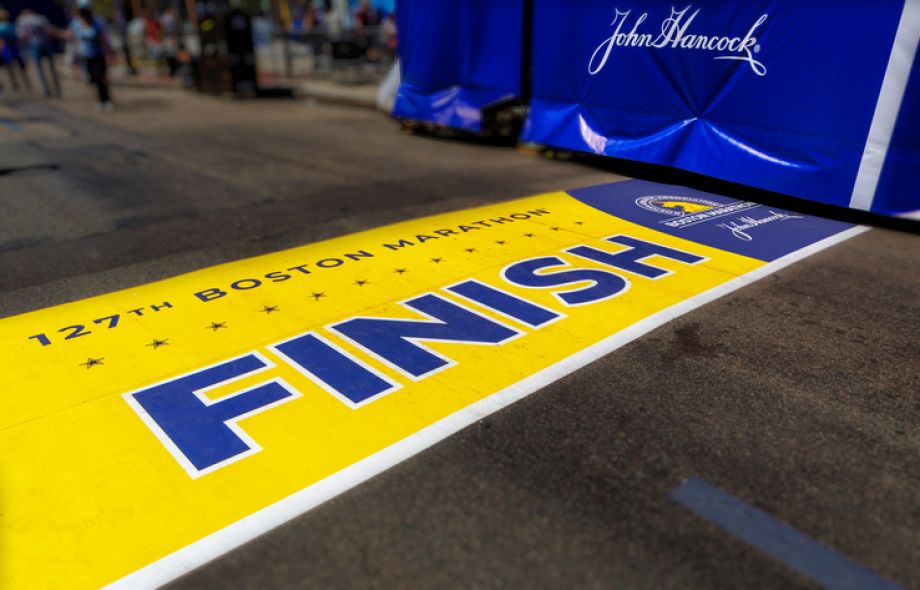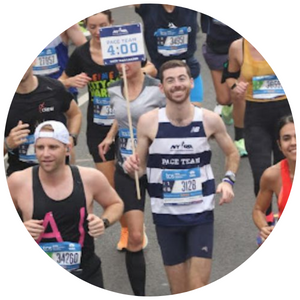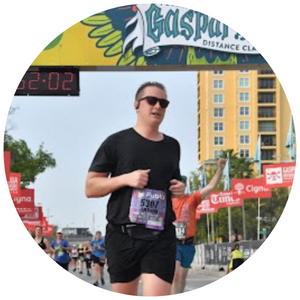Chasing Unicorns: Your Guide to Qualifying for the 2026 Boston Marathon

The Boston Marathon. Just the name evokes images of determination, triumph, and the iconic finish line on Boylston Street. Qualifying for this legendary race is a goal for many runners, a testament to dedication and hard work. If you’re dreaming of toeing the line in Boston in 2026, this guide will provide you with the information and strategies you need to make that dream a reality.
Understanding the Qualifying Standards
The Boston Athletic Association (BAA) sets qualifying times based on age and gender. These standards are strictly enforced, and simply finishing a marathon within the qualifying window doesn’t guarantee entry. The fastest runners in each age group are accepted, and the cutoff times can vary each year depending on the number of applicants. For 2026, keep an eye on the BAA website for the official qualifying times as they are typically released in the year leading up to the race.
Choosing Your Qualifying Race
Selecting the right marathon to qualify is crucial. Consider these factors:
- Course Profile: Look for a flat or downhill course known for fast times. Avoid races with significant elevation changes, which can hinder your performance.
- Weather Conditions: Choose a race in a location and time of year with favorable weather conditions. Extreme heat or cold can significantly impact your race.
- Race Size and Organization: Opt for a well-organized race with a certified course and adequate support along the route. Smaller races can sometimes offer a more intimate and less congested experience. However, be aware small races may not have the support and hydration and fueling stations you may find at bigger races.
- Your Training: Select a race that aligns with your training schedule and allows you ample time to prepare. Preferably 18-20 weeks for the marathon
Training Strategies for Boston Qualification
Qualifying for Boston requires a dedicated and structured marathon training plan.
- Build a Strong Base: Start with a solid foundation of consistent running. Gradually increase your mileage and long runs to prepare your body for the demands of marathon training. Base training can start 2-4 weeks before actually starting your training plan
- Incorporate Speed Work: Include interval training, tempo runs, and hill repeats to improve your speed and running efficiency.
- Long Runs are Essential: Regular long runs are crucial for building endurance. Gradually increase the distance of your long runs, peaking at around 16 miles and for some advanced runners, up to 20-22.
- Practice Race Day Nutrition and Hydration: Experiment with different fueling and hydration strategies during your long runs to find what works best for you. Hydrating and fueling every 30-40 min has become a common standard
- Strength Training: Incorporate strength training exercises to build muscle strength and prevent injuries. Focus on core strength and lower body exercises.
- Rest and Recovery: Adequate rest and recovery are essential for allowing your body to adapt to training and prevent burnout.
- Listen to Your Body: Pay attention to how your body feels. Don’t hesitate to take rest days when needed and adjust your training plan accordingly.
- Consider a Run Coach: For a truly personalized approach, consider working with a run coach. A run coach can create a customized run plan tailored to your individual needs and goals, provide expert guidance, and help you stay motivated.
Nutrition and Recovery for Peak Performance
- Fuel Your Runs: Proper nutrition is crucial for fueling your workouts and aiding recovery. Focus on a balanced diet rich in carbohydrates, protein, and healthy fats.
- Hydration is Key: Stay well-hydrated throughout the day, especially before, during, and after your runs.
- Prioritize Sleep: Aim for 7-9 hours of quality sleep each night to allow your body to recover and rebuild.
Race Day Execution
- Pacing is Crucial: Stick to your planned pace and avoid starting too fast. A consistent pace will help you conserve energy and finish strong.
- Stay Positive: Maintain a positive mindset throughout the race. Believe in your training and your ability to achieve your goal.
- Embrace the Challenge: The Boston Marathon is a challenging race, but it’s also an incredible experience. Embrace the challenge and enjoy the journey.
Beyond the Finish Line
Even if you don’t qualify for 2026, don’t give up on your dream. Use the experience as motivation to continue training and improving. The journey to Boston is a marathon in itself, requiring patience, perseverance, and a love for running. Keep chasing those unicorns, and you’ll eventually find yourself on Boylston Street.
Testimonials for Run Adaptive
Boston 2025: Qualified!
Huge congrats to Jessica & Lindsey, Tampa runners,
coached by Run Adaptive’s Run Coach – Luis Echeverry.
“Dreams do come true.”








